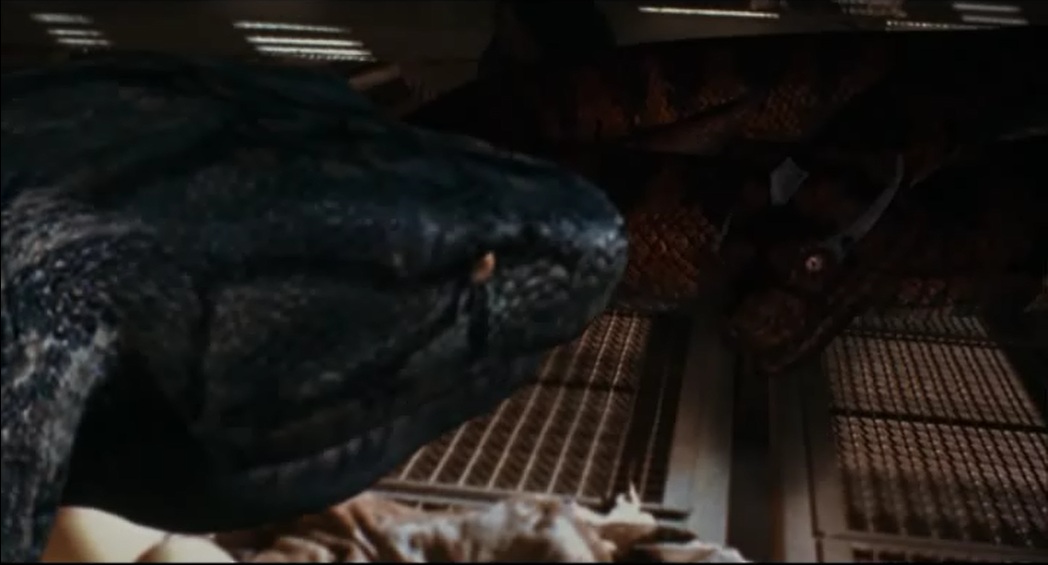

Either clear the area and it will likely move along, or call your local wildlife service instead. Not only is it illegal in most states, it is senseless and unnecessarily places you at risk.

The 40 species that make up the Pythonidae used to be grouped in with the Boidae family until recent DNA analysis determined that the pythons diverged onto their own evolutionary path much earlier than originally thought. (This particular sense is often highlighted when discussing pit vipers.) Beyond these traits that link the family together, the boas are a diverse family with examples that range from the massive anaconda ( Eunectes murinus) and the dainty emerald tree boa ( Corallus caninus). Besides live birth, infrared-sensitive receptors can also be found along the upper lip of many boa species that may or may not be situated within specialized depressions or pits, these sensors allow the animal to “see” the heat radiating off of their warm-bodied prey. The main thing that is unique to the Boidae family is that these species (with three exceptions) are viviparous, meaning that they give live birth after a period of embryonic development within the body of the female. The 59 species that fall in the Boidae family can be found all over the globe (with the exception of Australia) from the waterways to the treetops and are the animals that we know as boas. These families of snakes can also be found in a wide variety of habitats ranging from arid deserts and scrubland to tropical rainforests that have shaped the diversity of these animals. Boas and pythons are also constrictors that subdue their prey by squeezing them with extremely muscular bodies as opposed to injecting venom, like a viper or cobra. These whispers of legs from the past can be observed near the cloaca where there are often two bony projections known as spurs sticking out from between the wide belly scales of the snake in question.

Both families of snakes are considered “primitive snakes”, because they still retain two lungs and the vestigial remnants of leg and pelvic bones. Now, this identity crisis is not entirely unfounded, because these animals are very similar, but that does not negate the fact that they are their own distinct families with their own evolutionary histories.īefore we can talk about how pythons and boas are different, we must highlight their similarities which are remnants of their shared ancestor. One of the most common cases of mistaken identity in the snake world involves the members of the python and boa families.


 0 kommentar(er)
0 kommentar(er)
